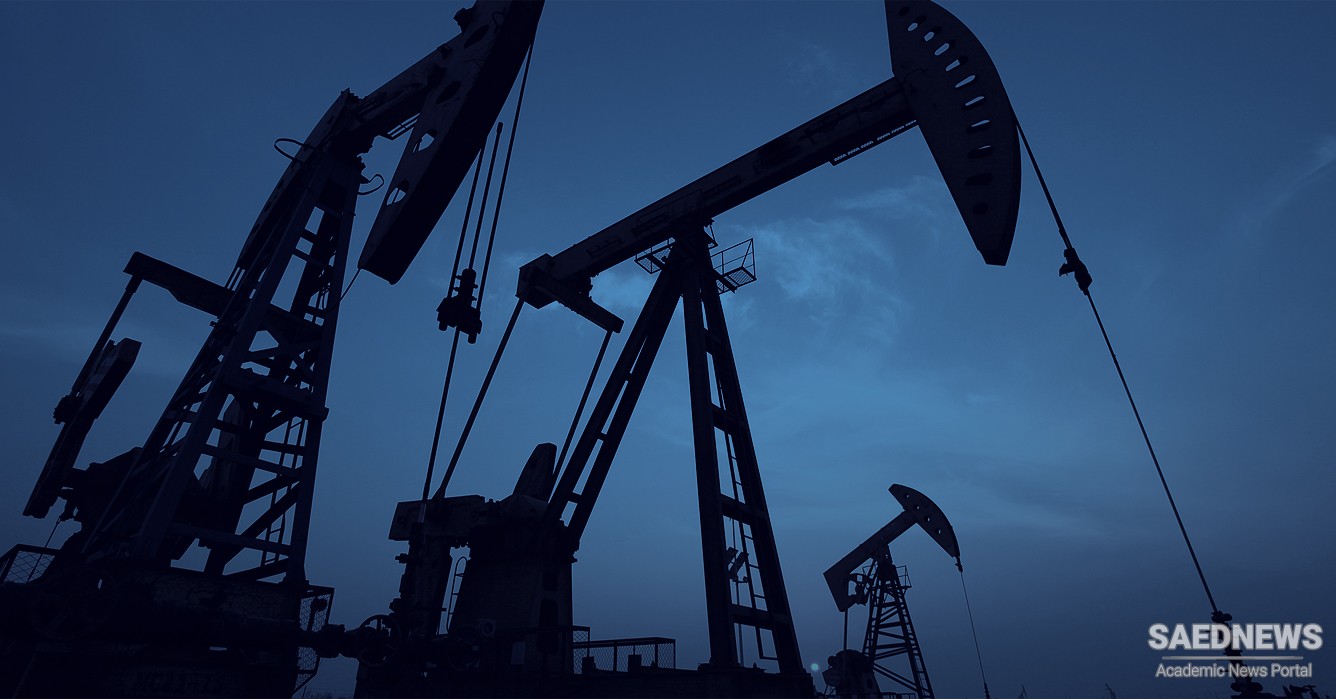A use was found for rock asphalt and the thicker seepages, to form bitumen, preparations of which were used for many centuries for waterproofing. Petroleum also had medicinal applications, in which a trade developed in Europe in the fifteenth and sixteenth centuries. There were scattered instances of the treatment of naturally occurring oils to obtain useful materials, such as the sandstone shales at Pitchford-on-Severn in Shropshire, patented in the late seventeenth century. By distillation and boiling the residue with water, a turpentine was extracted and sold as medicine and as pitch, useful for caulking ships. Elsewhere, there were rock asphalt workings which after 1800 became important for pavements and roads.
The more serious search for mineral oils was stimulated by the need for improved lighting during the Industrial Revolution. Although gas lighting could satisfy this need, it was not always a practical or economic proposition in rural areas. Better lamps improved the lighting quality, like the circular burner with cylindrical wick and glass chimney invented by Argand in 1784 and developed over the years. Even so, the vegetable and animal oils available produced a rather poor illumination. Salvation was looked for from the mineral kingdom. In the 1850s, James Young was manufacturing a paraffin oil by distilling a brown shale in Lothian in Scotland and after 1862 went on to develop the Scottish shale oil industry. A better product, however, was developed in the USA by Abraham Gesner, a London doctor with geological leanings, by treating and distilling asphalt rock, to obtain kerosene (in English, paraffin). This was sold with a cheap lamp and by 1856 seemed a promising answer to the lighting problem. But a complete transformation of the scene was soon to take place, brought about by the drilling of the first American oil well.
This historic event was the outcome not only of the stimulus of demand, but of various technological factors. In 1830 the derrick was introduced to make it easier to manipulate the drilling equipment, the steam engine by 1850 was providing adequate power and sufficiently hard drills were available. A few accidental ‘strikes’ were made in the 1840s and 1850s, but in 1859, the industrialist G.H.Bissell began a deliberate search for oil. He had samples of oil seepages in Pennsylvania examined by Benjamin Silliman Jr, Professor of Chemistry at Yale, who showed that illuminating gas, lubricating oil and, most interesting then, an excellent lamp oil could be obtained. Bissell’s contractor, Edwin L.Drake, drilled 69 1/2ft (21.18m) through bedrock and struck oil on 27 August 1859. This event not only opened up the Pennsylvania oilfield; it began a new chapter in world history.
Progress was rapid in the USA; within fifteen years, production in the Pennsylvania field had reached 10 million 360lb (163.3kg) barrels a year. Oilfields were developed in Europe too, particularly in Russia, where the first well was drilled at Baku in 1873. Flush drilling with hollow drill pipes was first used in France in 1846, enabling water to be pumped down to clear debris and thus speed drilling. It also enabled rock samples to be removed to reveal the structures of underground formations, and so assist prospecting. Drilling bits were first of wrought iron with steel cutting edges, but these were replaced by cast steel bits, and then diamond drills, introduced by the French in the 1860s. The crude oil was heated to yield useful products by means of distillation, a process long familiar to chemists. Further refining was achieved by treatment with various chemicals, such as sulphuric acid or caustic soda. The most volatile fraction of the oil to distil over first was petroleum or gasoline, for which at first there was no use; indeed, it was a nuisance because it was highly inflammable. The second fraction, boiling at 160–250°C was paraffin (kerosene) and for the rest of the nineteenth century this was the useful product, as an illuminant. The final or heavy fraction became valuable as a lubricant, replacing the animal and vegetable oils that had previously satisfied the ever-increasing lubrication demands of machinery of all kinds.


 Coal Gas
Coal Gas














































